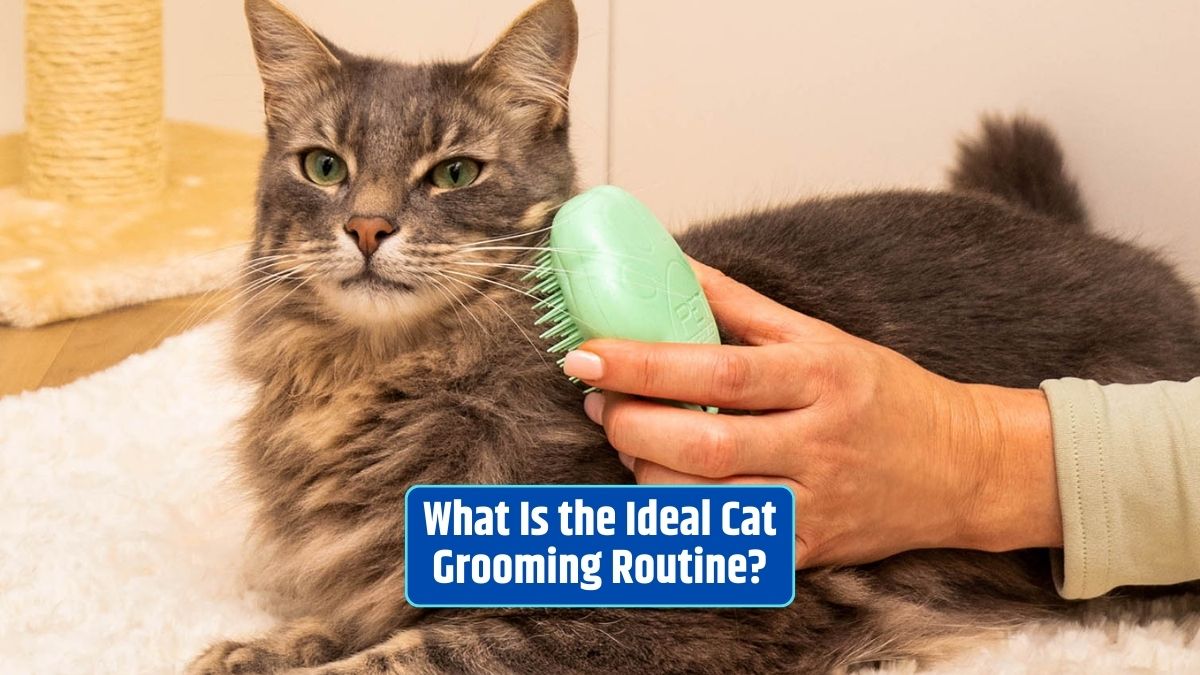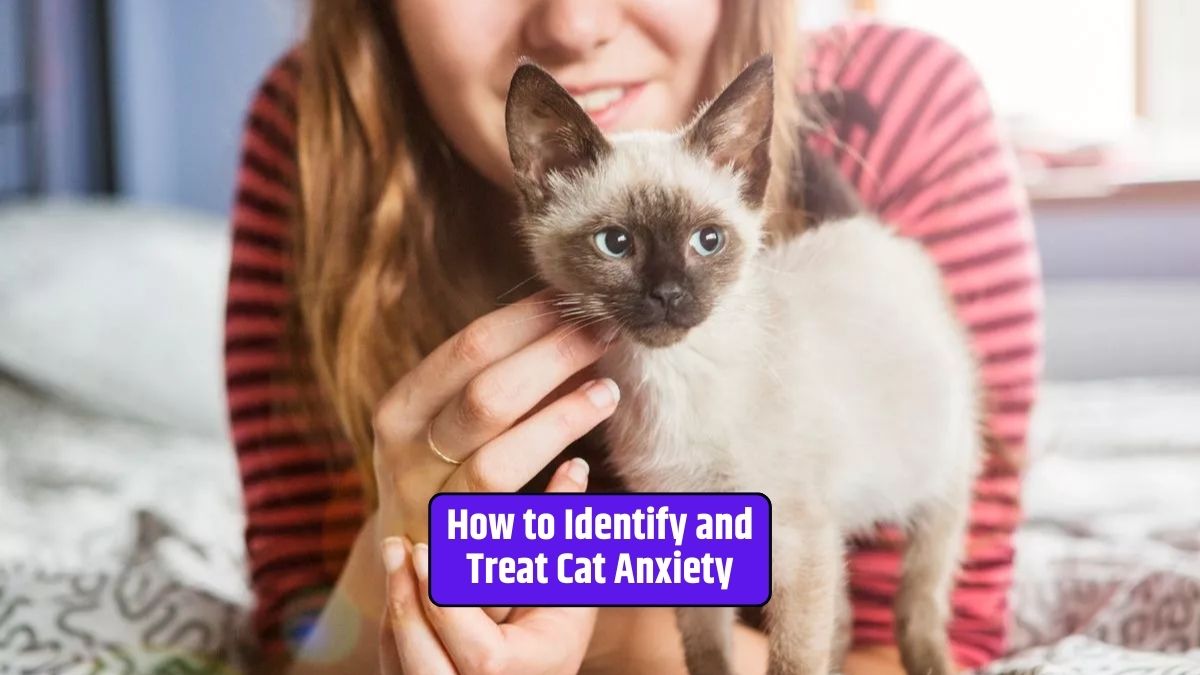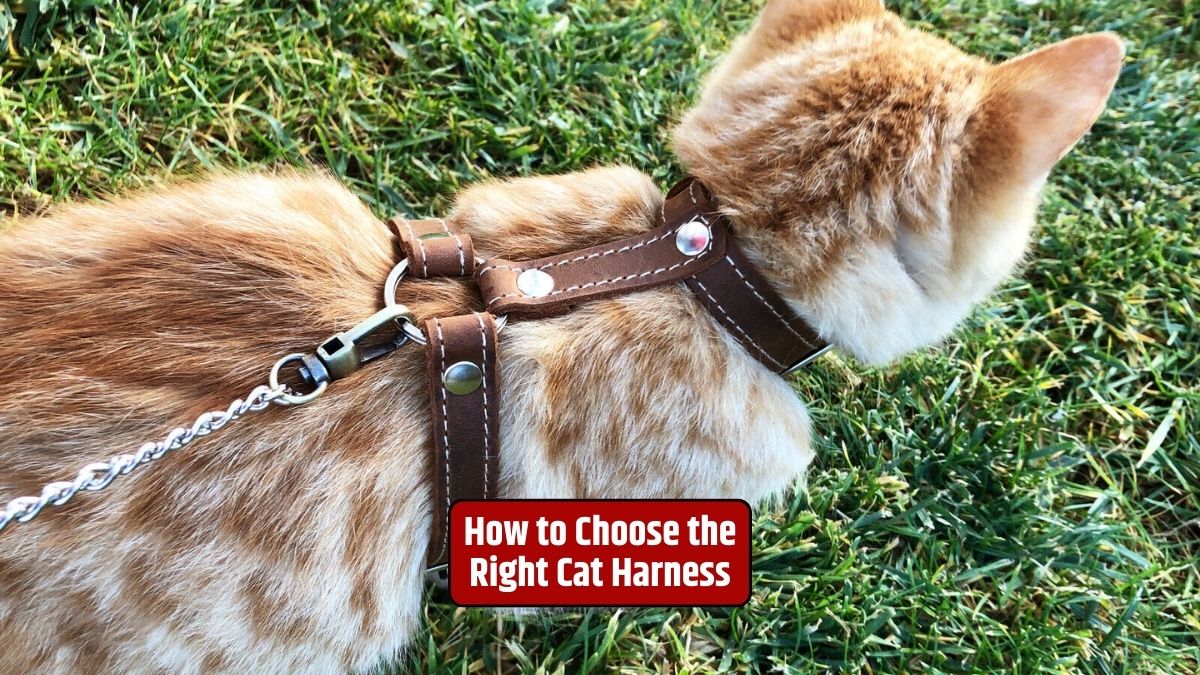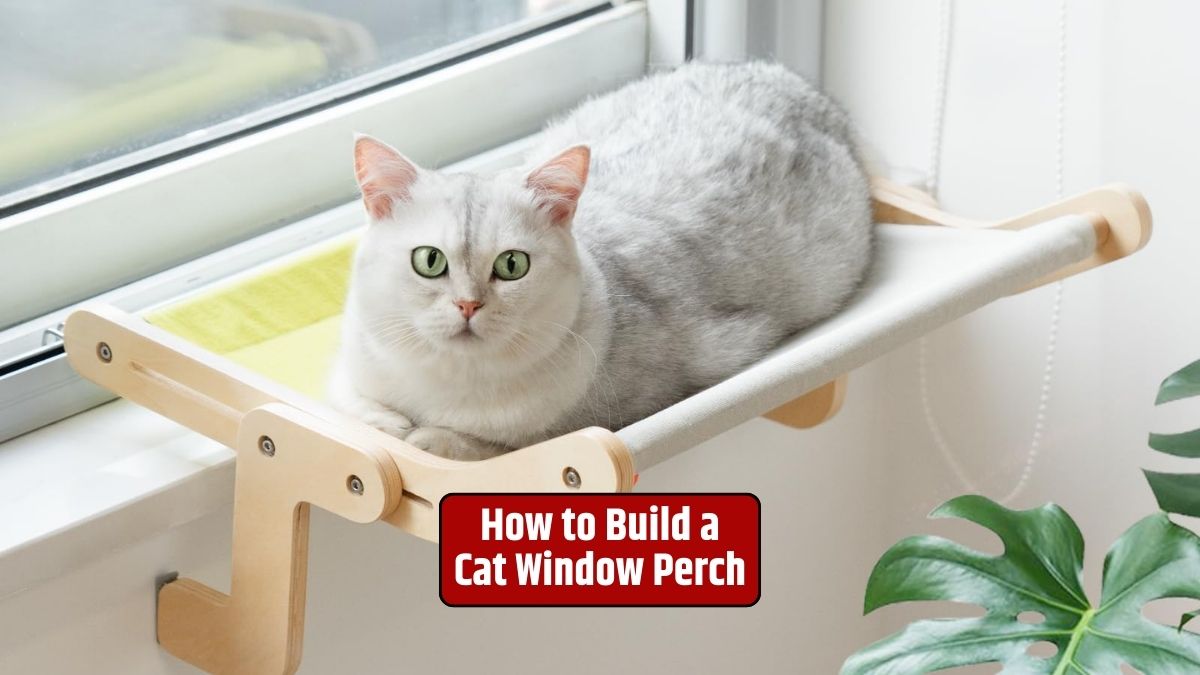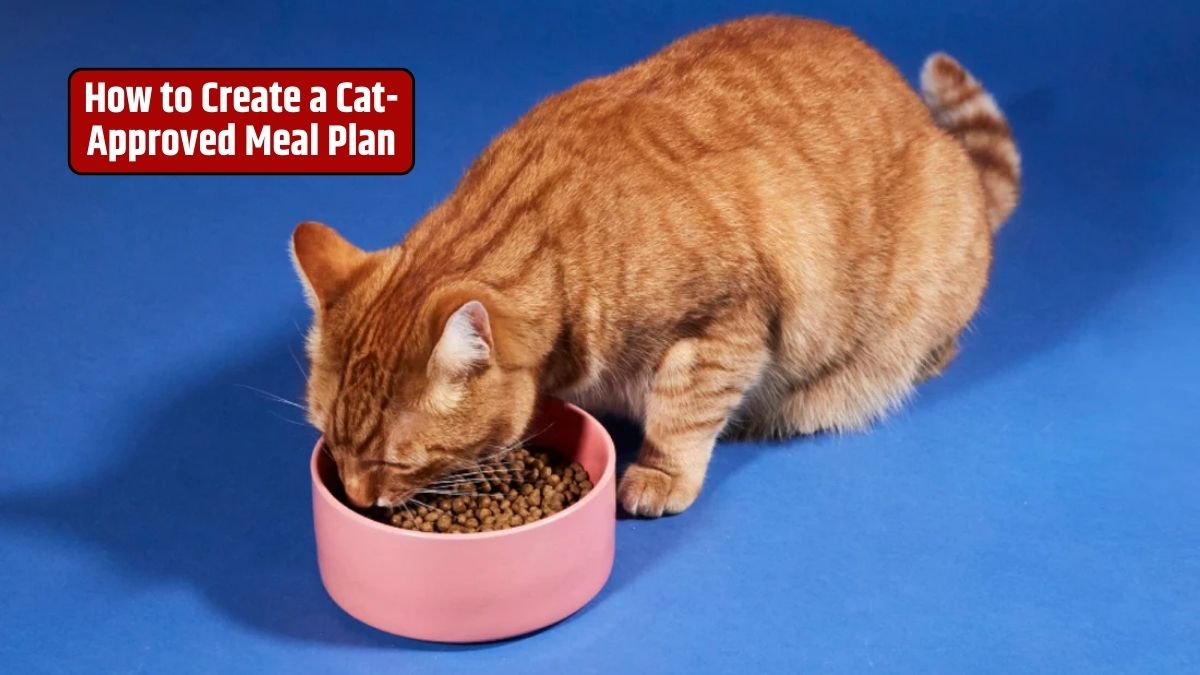Cats are known for their impeccable grooming habits, but even the most fastidious feline can benefit from a little help in the grooming department.
In this article, we will explore the ideal cat grooming routine, helping you understand the importance of regular grooming and providing tips on how to keep your feline friend looking and feeling their best.
Importance
Before diving into the ideal cat grooming routine, let’s discuss why it’s crucial for your cat’s health and well-being:
1. Coat Health
Regular grooming removes loose fur, dirt, and debris, preventing matting and skin issues. It helps distribute natural oils, keeping the coat shiny and healthy.
2. Bonding Time
Grooming your cat provides an excellent opportunity to bond with them. It’s a moment of connection and trust-building.
3. Preventing Hairballs
Cats are meticulous groomers but can still ingest loose fur. Regular brushing reduces the likelihood of hairballs, a common issue in cats.
4. Detecting Health Issues
Grooming allows you to spot any unusual lumps, bumps, or skin conditions early, ensuring prompt medical attention if needed.
5. Stress Reduction
Gentle grooming can be a calming experience for your cat, reducing stress and anxiety.
Routine
Now that we understand the importance of cat grooming, let’s discuss the ideal routine:
1. Brushing
Regular brushing is the cornerstone of cat grooming. The frequency depends on your cat’s coat type. Short-haired cats may benefit from weekly brushing, while long-haired cats may require daily attention. Brushing removes loose fur, dirt, and prevents matting.
2. Bathing
Cats are generally good at self-cleaning, and bathing is rarely necessary. However, in some cases, such as if your cat gets into something dirty or has a skin condition, you may need to give them a bath. Use a cat-specific shampoo and ensure a gentle approach.
3. Nail Trimming
Keep an eye on your cat’s nails. If they start to get too long, it’s essential to trim them. This prevents injury to your cat or damage to furniture.
4. Eye and Ear Cleaning
Check your cat’s eyes and ears regularly for dirt or discharge. Clean them as needed with a damp cloth or a cat-specific ear cleaning solution.
5. Dental Care
While not technically grooming, dental care is crucial for your cat’s overall health. Brush your cat’s teeth with a cat-specific toothbrush and toothpaste to prevent dental issues.
Conclusion
In conclusion, the ideal cat grooming routine is a combination of brushing, bathing (when necessary), nail trimming, eye and ear cleaning, and dental care. By maintaining this routine, you can ensure your cat’s skin and coat health, bond with your pet, prevent hairballs, detect health issues early, and reduce their stress.
Remember that the frequency of grooming tasks depends on your cat’s specific needs and coat type, so tailor your routine accordingly.
FAQs
How often should I brush my short-haired cat?
Short-haired cats generally benefit from weekly brushing to keep their coat healthy and free of loose fur.
Can I use human shampoo for my cat’s bath?
No, always use a cat-specific shampoo, as human shampoos can be harmful to cats.
How do I trim my cat’s nails without hurting them?
Use cat-specific nail clippers and trim only the tips, avoiding the quick (the pink part). If you’re unsure, consult your vet or a professional groomer.
What signs should I look for during grooming to detect health issues?
Watch for unusual lumps, bumps, skin irritations, or changes in your cat’s behavior or appetite.
Is there a specific age to start grooming a kitten?
Start grooming kittens early to get them accustomed to the process. Start with short, gentle sessions to build trust.
